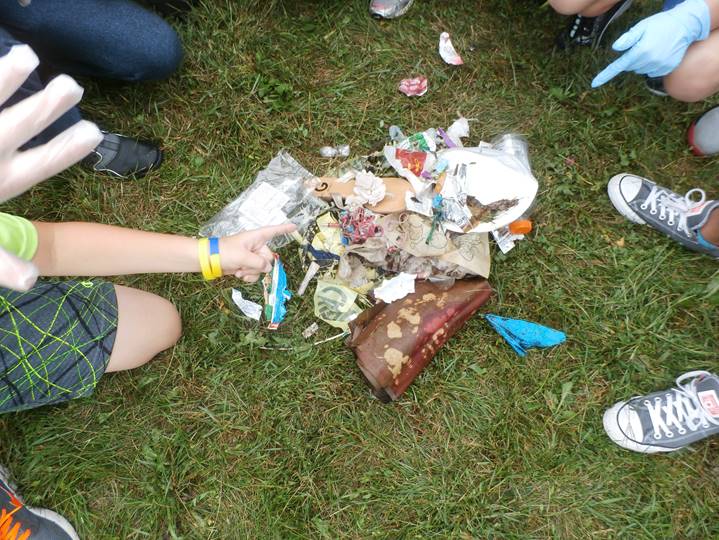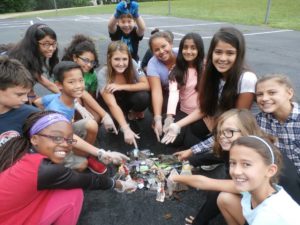Tips/Articles,
Conduct a Litter Audit at Your Next Clean Up
Feb 02 2018

Similarly to a lunchroom waste audit, a litter audit helps you get a more informed picture of the issue and set up a baseline for litter reduction efforts. It also prompts additional investigation which can result in actions to take to help combat the problem. So next time you conduct a litter audit, take the time to sort the items you find to gain more insights.
Make Predictions
Do a little bit of research as a classroom before you conduct your litter clean up to get a basic understanding of the issue. Ahead of the clean-up, you could ask your students to make predictions: what items will you find the most? The least? Where will there be the most litter? These questions can be informed by what categories you plan to use for your sort.

Sort by Category
You can sort by a variety of factors, depending on what you want to analyze and the age of your students. You can go a lot of different directions here. The main key would be to keep the number of categories appropriate for your students level of learning.
- Material type (plastic, metal, paper, organics),
- Type of waste (fast food, drink bottles, snack wrappers, food, etc)
- Brand (which companies’ products are most frequently littered?)
- Proper Disposal Route (recycling vs. composting vs. trash)
- Location where items were found
Check out this video from Break Free From Plastic and the beach litter audit they performed.
Investigate
Each of these different methods of sorting can prompt additional questions for investigating. For materials, you could ask: is one material more common because it is littered more often? Or is it because it takes longer to break down? For proper disposal and location you could investigate if a disposal option wasn’t available nearby or did the litter possibly travel there (via wind, water etc). If sorting by brand, it can help inform actions to take. Organizations such as the group behind the app Litterati and the nonprofit Break Free from Plastic want to collect data and bring it back to the companies that produce the most littered products to come up with solutions to stop litter at the source.
Take Action
Your students could design a litter prevention campaign for the school yard or write letters to companies that made the products that were littered. If you learn there’s an area that seems to be littered a lot, perhaps students could work with the PTA to purchase new trash or recycling bins for that location.
Measure Your Impact
After you take action at your school, you can go back and conduct another litter clean up and audit to compare with the original audit. Did your efforts pay off? Do you need to figure out another method?